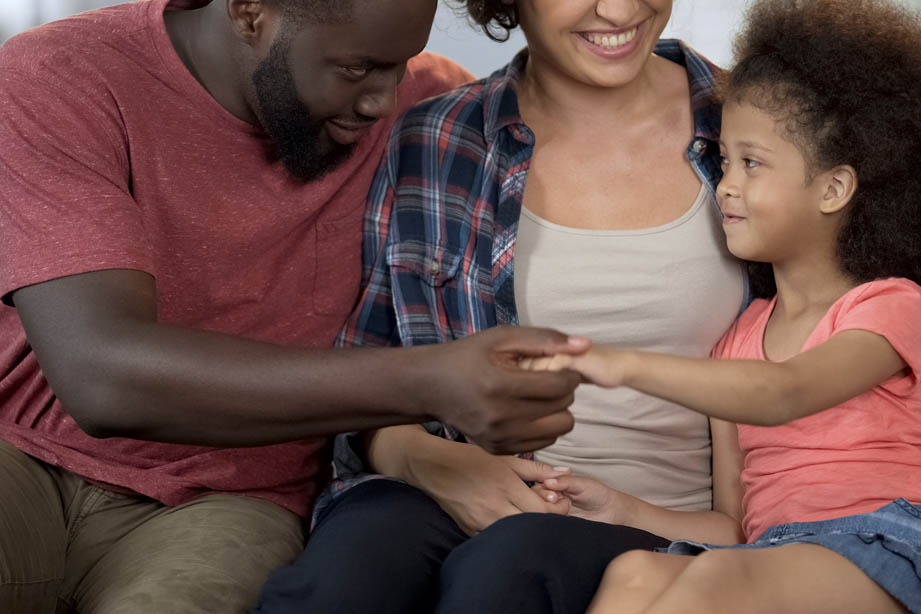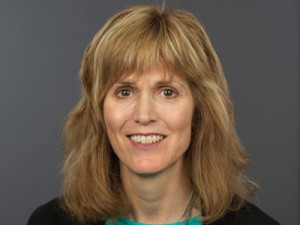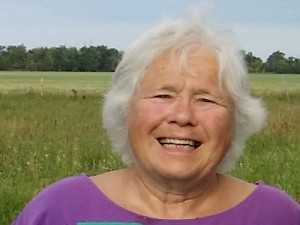The Importance of Family Engagement in Research
August 11, 2020 | News

The three of us met online while taking the Family Engagement in Research Certificate course. We each took the course for various personal reasons because of our own families and experience with research.
Genevieve joined the course because she wanted to reduce the isolation that parents of children with a complex disorder often experience. Susan was looking for guidance on how to negotiate her two roles as a researcher and a parent of people with FASD. And Zina is a knowledge broker looking to advance her training and build meaningful relationships with families.
Our collaboration on this blog post served as a way to share our perspectives on why partnering in research is so important. More importantly, it helped us to share how partnering in research might support families and help researchers do efficient research.
Families Partnering in Research
As we progressed through the course, we began to use the term “partnership” rather than “engagement.” Partnerships between family members and researchers can help conduct meaningful research, improve medical knowledge and influence medical and social systems while also being useful for families.
Family members’ engagement as research partners should mean that at the end of the research project— maybe even during the project—new knowledge can be created. This new knowledge should make our lives (and the lives of our family members and others) better in some ways.
For example, Genevieve is the mother of two children with neurodevelopmental disorders. One of them has a very rare disorder with many disease manifestations. She feels parents need to be involved in research as partners, and not simply as research participants as their experiences are so valuable.
Furthermore, as research participants, we have been asked to take surveys, participate in interviews, undergo medical procedures, be part of clinical trials or participate in someone’s research project. Sometimes we wouldn’t even see the results of research. And if we did get a report, it told us nothing new or wasn’t understandable or practical for our everyday needs.
Susan experienced this process firsthand. She used to be an academic researcher and teacher. At the age of 54, she became a parent for the first time, fostering two children with FASD. Realizing the extent of those children’s needs, Susan left academia. She was not unhappy to do so, however, as she felt frustrated by the top-down nature of much academic research, its detachment from most people’s everyday lives, and its lack of engagement with social justice projects.
Partnering in research eliminates these problems by including people with valuable ideas and a vested interest in what will be studied. When families, i.e. people affected by the health issue (parents, patients or caregivers), and researchers work together as partners, their research produces knowledge that is enhanced and more useful than if either group worked alone. In partnerships, it is not a matter of “researchers” doing research with patients as “subjects”, but of families involving themselves as partners throughout the research process.
As an example, Genevieve was asked to determine priorities for further research studies in neurodevelopmental issues before research questions were determined. She was also asked to identify five daily challenges she wanted support with for her child with complex needs.
This example serves to show that families can provide input into research protocols. They can also recruit patients and hard-to-reach families as participants, collect data, interpret results, and disseminate study results. It is progressive to use our experience as family members to make an impact on health and social systems. Families are “experts in experience” (van Meeteren & Klem, 2018), and they bring different perspectives to conducting and understanding research. More importantly, they enhance research projects with their contributions and perspectives on living with health care challenges, which they experience every day.
What’s in it for Researchers?
Susan felt from the beginning that her participation in a research project about FASD as a parent would be difficult, if not doomed, because the project had never been conceived from the start to involve parents as partners.
Partnering with families has many implications for researchers and is not easy. It involves sharing decision making about research priorities and processes. It will likely make the research take longer. It will also include training others in research skills and competencies and will require using skills of negotiation, teamwork, creative ways of communicating, listening, and writing.
Despite all the challenges, more and more researchers are expressing a belief that their research will be better when they partner with families. This belief is fueling efforts and inquiry into the creation of research projects where researchers and families are partners in the research process.
Zina and her team had to come up with a new plan for research during the COVID-19 pandemic. The researchers and family partners met online to discuss the best way to support participants and their families moving forward. The family partners shared the new challenges they faced and how they would be best addressed. Over time, Zina has found that open and honest conversations are key, and that it was important to check in with your family partners and see how they can be further supported.
As “nothing about us without us” increasingly becomes the goal, research funding bodies will increasingly require engagement with families who were previously treated only as “subjects” of research.
How Does it Work?
Once a researcher and a family partner agree to work together, they must decide on a few things to make the partnership work:
- What values and principles (contribution, respect, trust, communication) are essential within a meaningful research partnership?
- What contributions can each member bring to the team?
- How will decisions be made?
- How will we identify clear roles and responsibilities of each partner?
- How will we determine compensation and reimbursement of expenses for research partners while also considering costs for childcare, respite, parking, and hourly wages?
- How will we provide opportunities for training all partners in the research project such as the Family Engagement in Research Certificate course?
These principles should be clearly defined, documented, and distributed among all the researchers and family partners in the form of a role matrix, terms of reference, or something similar.
Zina notes that even the terms of references should be written in collaboration. For her parent advisory group, the terms of reference were co-created by her, the parents and the primary investigator. Each version is approved by all the parent partners.
In the planning stages, partners determine research priorities, methods for collecting data, how participants will be recruited, and fulfil ethical research considerations. When participants have been recruited, data can be collected, analyzed, and disseminated in various venues and publications.
Evaluating and Improving the Process
What researchers and family partners think of as successful engagement varies greatly depending on the research project itself and everyone’s preconceptions. Each can be asked to reflect on the engagement process and compare their perceptions. Do they feel that everyone was supported? Does everyone feel they are a valuable part of the research team? Do they see everyone’s contributions making an impact on the research process? What do they perceive to be the impact(s) of their engagement efforts?
Conclusion
There is much to be gained through research partnering for families, researchers, and anyone concerned with the advancement of knowledge. There is also much to be learned about building partnerships that engage families.
We hope you will consider partnering in research and contribute to producing knowledge that improves peoples’ lives and how research gets conducted. We also wish that you will tell others about your experience and add to the growing body of knowledge about families as research partners.
We believe partnering in research can be equal and effective, producing knowledge to enhance lives for families with neurodevelopmental differences.
More about the authors

Genevieve Currie
Genevieve Currie
Hi, I’m Genevieve Currie. I’m a nurse, researcher, parent advocate, activist, and mother of two children with neurodevelopmental disorders. I work as a university professor at Mount Royal University in Calgary. I draw upon my varied experience as a researcher, nurse, and parent in my program of research on the parents’ experience of caring for a child with complex disorders. I see myself within a unique but growing role as a parent researcher. I hope this blog inspires more parents to become involved in research projects as partners and engage researchers to partner with families! Join us as we aim to change the face of research!

Susan Heald
Susan Heald
Hello, I’m Susan Heald. I worked as a university professor for 20 years, and then took early retirement to raise two children with FASD. Teaching research methods in both Canada and Nicaragua taught me a lot about partnering across differences in power and perspective, about respecting and even celebrating those differences. Parenting kids with neurological differences taught me so much more about power imbalances in research. This is what motivated my participation in the Family Engagement in Research course, and in creating this blog.

Zina Zaslawski
Zina Zaslawski
Hi there! Zina Zaslawski. I am a research coordinator and knowledge broker at the University of Manitoba. My educational background is in Sociology and my training is in research and knowledge translation. I have a passion for research and in recent years I entered the health research world and I felt like the work I do can make a difference. I became interested in patient engagement and have planned several activities with youth and parents to better the research I was working on. The goal behind this blog is to encourage others to engage in research, both the public and the research community. While I recognize the big shift towards patient oriented research, I still think we always have room for improvement.